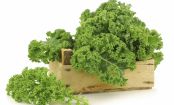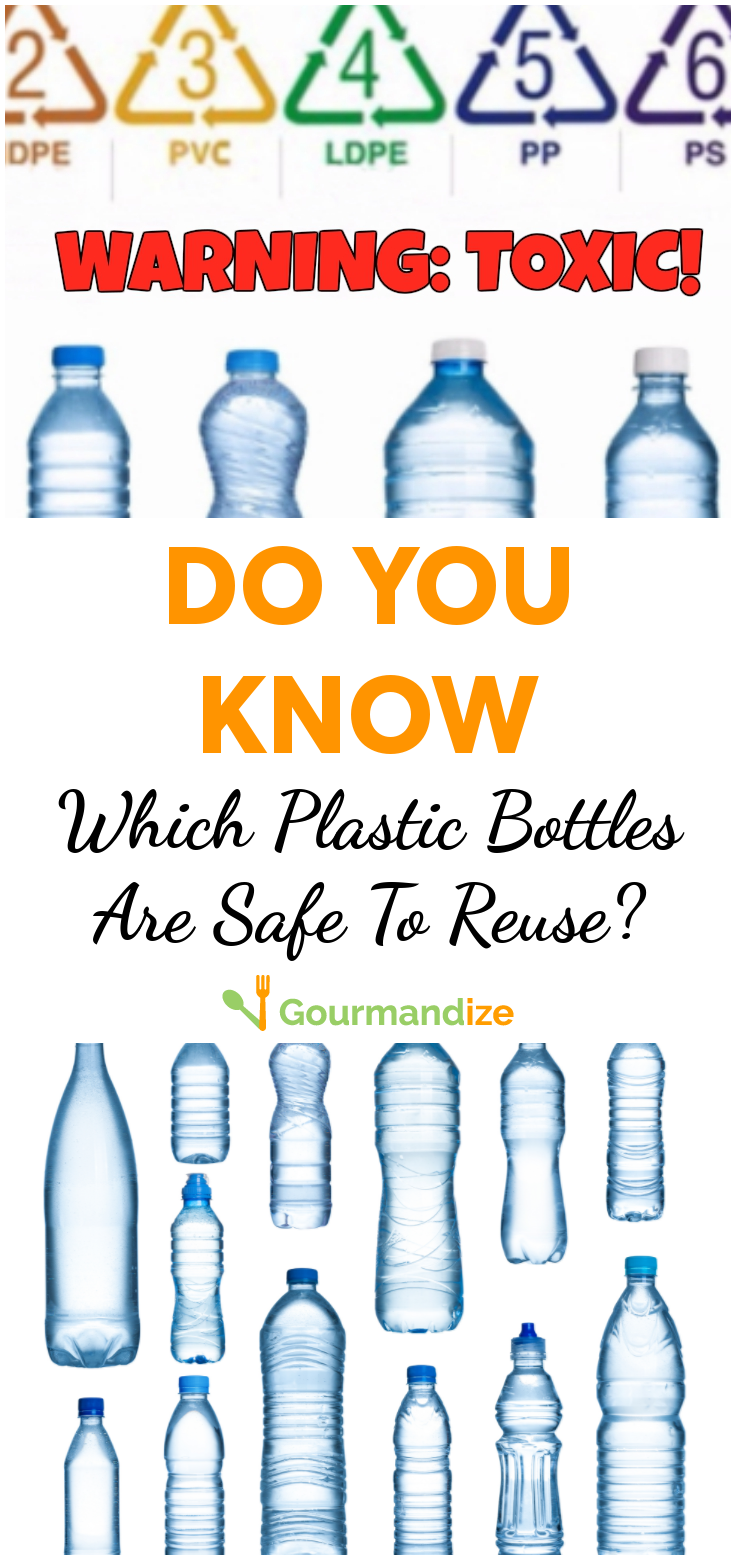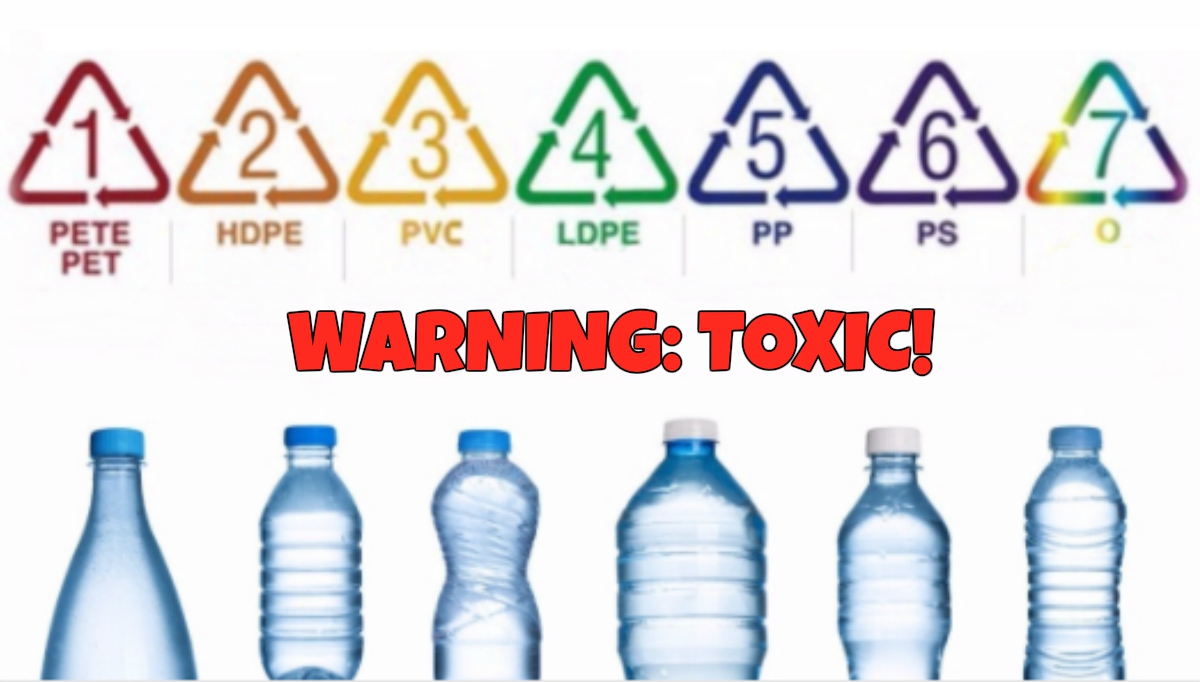Do You Know Which Plastic Bottles Are Safe To Reuse?
... And which ones should you avoid entirely?

How many plastic bottles have you used in your lifetime? For water, soda, dish soap, household cleaner, auto maintenance... Probably hundreds, if not more. You've probably repurposed quite a few of them along way.
But not all plastics are the same. Some are reusable, while others begin to break down quickly and can introduce harmful chemicals into your body.
Thankfully, most plastic bottles are labeled with a number and acronym — so a quick glance will tell you if you can keep using them or if you should toss them once they're empty.
Here's a quick breakdown:
- PET or PETE (polyethylene terephalate)
Used for soft drink bottles, mineral water, fruit juice, cooking oil and condiments. These cannot be reused, as they can leach antimony trioxide (a flame retardant).
- HDPE (high density polyethylene)
Used for plastic bags, milk, juice, detergent and shampoo bottles. Generally considered safe to reuse, although it can possibly leach nonylphenol (an endocrine disruptor) if exposed to UV light (meaning: sunlight).
- PVC (polyvinyl chloride)
Used for bottles of cooking oil, shampoo, mouthwash, peanut butter jars, and food packaging (cling wrap). PVC is the most toxic plastic, and has been shown to leach phthalates, lead, mercury, cadmium, and bisphenol A from the beginning of its life cycle. Don't just throw it out — avoid it entirely!
-
LDPE (low density polyethylene)
Used to coat hot and cold beverage cups, some squeezable bottles (like mustard and ketchup), and food storage containers. It's fine to reuse, just don't expose it to sunlight.
-
PP (polypropylene)
Used for baby bottles, food containers, and straws. It's generally stable, and safe to reuse.
-
PS (polystyrene)
Used for egg cartons, disposable cups and dishes, and styrofoam food containers. Definitely do not reuse these, as they can leach styrene, which is toxic to your lungs, liver, immune system, and brain and nervous system.
- O (all other plastics)
This is kind of a catch-all term for layered or mixed plastics, and can be used for baby bottles, sippy cups, and water bottles. Since you don't necessarily know what the bottle is made of... Toss it!
All these plastics can be a bit difficult to keep track of, so a better solution is to just phase plastic out of your life! You'll live healthier and feel cleaner.
Enjoyed this article? Follow us on Facebook for more great tips, every day!
More steaming articles
 What's the Deal with KALE?
What's the Deal with KALE?
 This drink melts harmful belly fat in...
This drink melts harmful belly fat in...
 Three glasses of Champagne a day might...
Three glasses of Champagne a day might...



Comment on this article